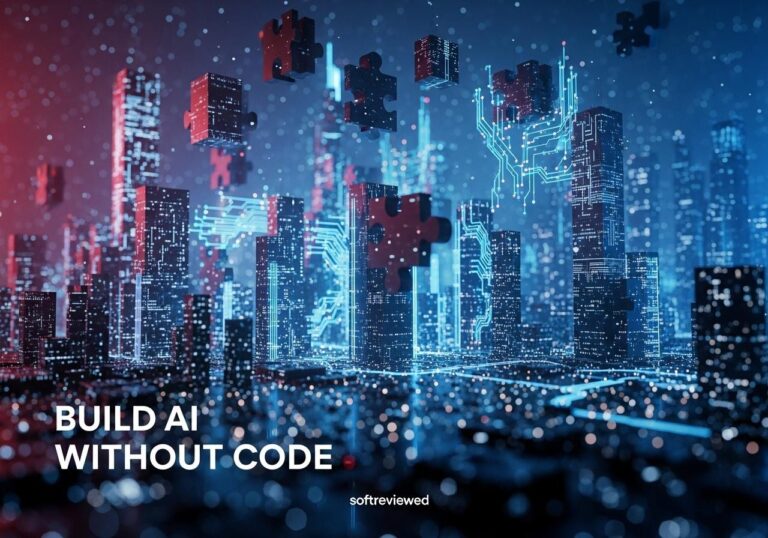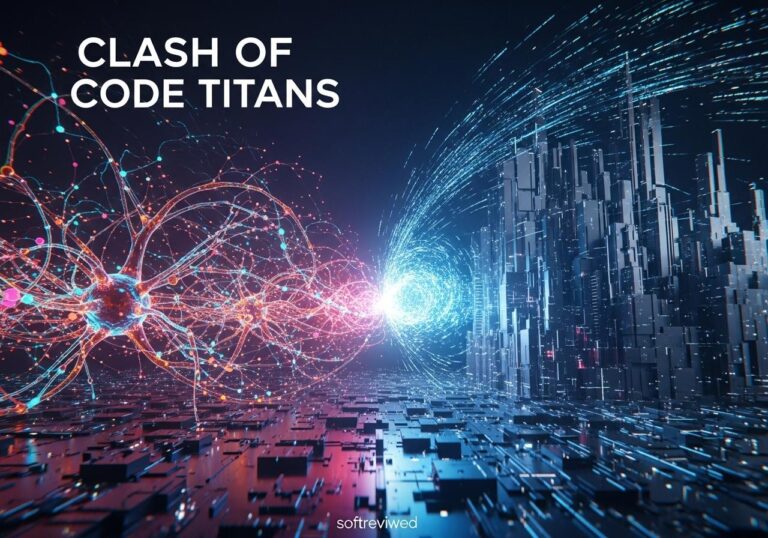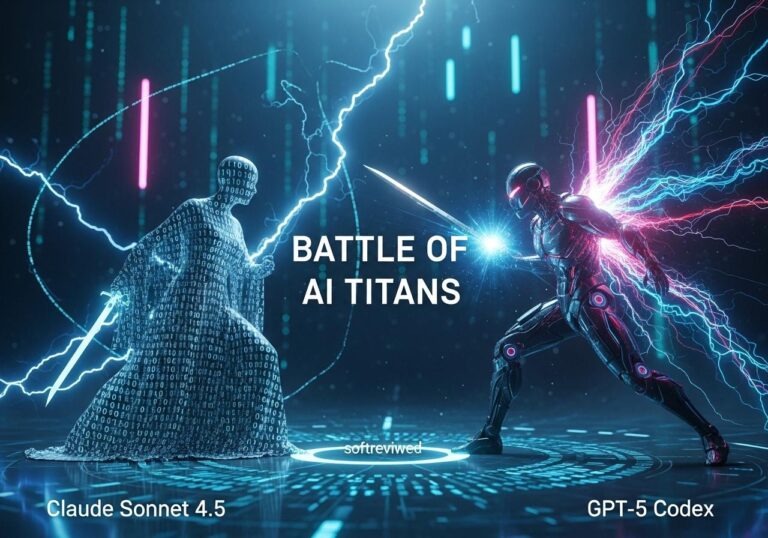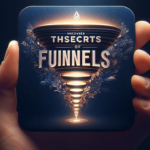The Evolution of GPT: 4.5 to 5
Discover the upcoming advancements in OpenAI’s GPT models and their revolutionary capabilities.
GPT-4.5 Launch Timeline
Codenamed Orion, GPT-4.5 is scheduled for release in the upcoming weeks, marking the final non-chain-of-thought model in the series.
GPT-4.5 Capabilities
The final non-chain-of-thought model, transitioning to more human-like reasoning patterns by breaking tasks into logical steps.
GPT-5 Unification
Integration of various AI tools, combining GPT and o-series models into a single, more cohesive AI platform.
Multimodal Support
GPT-5 will process text, voice, images, and video, offering comprehensive multimodal capabilities and enhanced research features.
Access Tiers
Free users get unlimited standard GPT-5 access, while Plus and Pro subscribers receive additional advanced features.
OpenAI has just dropped a major update on its roadmap, signaling big changes ahead for its AI models. Forget the confusing model pickers and the array of separate offerings. The company is streamlining its approach with the upcoming releases of GPT-4.5 and GPT-5, aiming for a future where AI “just works.” This announcement promises not just incremental upgrades, but a significant shift in how we interact with AI, with a focus on unified intelligence and simplified access. Get ready for the next chapter in AI evolution!
The End of Model Mayhem: OpenAI's Quest for Simplicity
If you've ever felt overwhelmed by the choices in OpenAI's model lineup, you're not alone. The company acknowledges the complexity of its current offerings and is taking steps to address it. OpenAI is moving towards a future where AI is more intuitive and user-friendly. The days of agonizing over which model to use are numbered. 🙅♀️ Their goal? To return to a state of "magic unified intelligence," where AI seamlessly adapts to your needs. This shift is not just about convenience, but about making advanced AI more accessible to everyone.
GPT-4.5 (Orion): The Last of Its Kind
First up is GPT-4.5, internally codenamed "Orion." This model is significant for a few reasons. It will be the last of OpenAI's non-chain-of-thought models. What does this mean? 🤔 Chain-of-thought models simulate human-like reasoning by breaking down complex problems into a series of logical steps. This leads to more accurate and reliable results, especially for tasks that require deeper thought. According to reports, the performance of Orion has been somewhat mixed in internal testing, showing moderate improvements in some areas but struggling in others, such as coding. So, while not a huge leap forward, it's still a crucial step in their planned roadmap.
A Stepping Stone or a Slight Bump?
While GPT-4.5 may not be the revolutionary leap some were anticipating, it serves as an important bridge to the future of AI development at OpenAI. Some sources suggest that its improvements over GPT-4 are not as significant as those seen in the transition from GPT-3 to GPT-4. This has led to questions within the AI community about the pace of advancements in generative AI models. 🤨 Still, GPT-4.5 will arrive in the "coming weeks," serving as a stop-gap between GPT-4 and the significantly more advanced GPT-5, giving users a glimpse of what's ahead while OpenAI continues to refine its models.
GPT-5: The Unified Intelligence Revolution
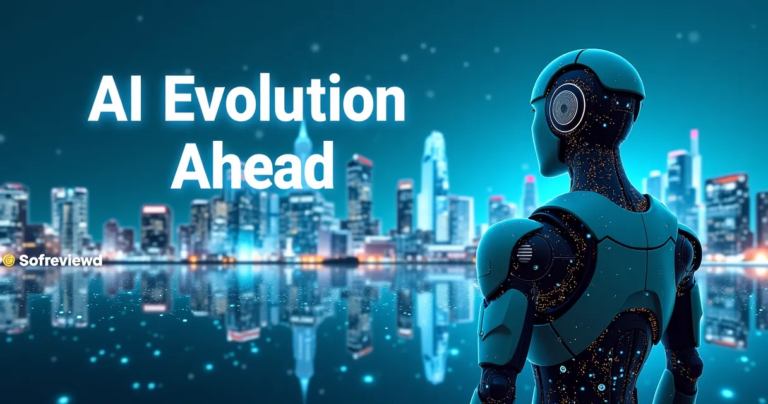
The real game-changer is GPT-5. This model is designed as a system that integrates a wide array of OpenAI’s technologies, including the "o3" reasoning model. The goal is to create a system capable of using all of OpenAI's tools, knowing when to engage in deep thinking, and, generally, being useful for a wide range of tasks. This isn't just about better language processing; it's about creating an AI that can understand context, apply reasoning, and utilize all available tools to achieve a desired outcome. 🚀
O-Series and GPT-Series Unite
One of the most notable changes is the unification of the o-series and GPT-series models. The o-series, like the o3 model, focuses on reasoning and complex problem-solving. Instead of shipping o3 as a standalone model, it will be a core component of GPT-5. This means that GPT-5 will benefit from both the general language prowess of the GPT-series and the advanced reasoning capabilities of the o-series. This integration could unlock a new level of AI intelligence. 💡 In fact, the o3 model is specifically designed to devote additional deliberation time when addressing questions that require step-by-step logical reasoning. 🔗 Learn more about OpenAI's reasoning models.
More Than Just a Chatbot: The All-in-One Vision
OpenAI envisions GPT-5 as more than just a chatbot. It's designed to be an all-in-one tool.
Here are some key features of GPT-5: With advanced reasoning capabilities and enhanced contextual understanding, GPT-5 aims to significantly improve user interactions. Furthermore, it builds upon the foundation laid by previous models, incorporating gpt4o major update details to provide a more seamless experience. This positions GPT-5 as a versatile assistant capable of tackling a wide range of tasks across various domains.
- 📌 Voice interaction capabilities 🗣️
- 📌 Digital canvas for visual input 🖼️
- 📌 Integrated search functionality 🔎
- 📌 Deep research capabilities 📚
This ambition reflects a desire to integrate AI into many aspects of a user's life and work.
Free Access and Tiered Intelligence: A New Approach
Perhaps the most surprising news is the plan to offer free access to GPT-5 in the free tier of ChatGPT. This free access will come with "standard intelligence," subject to abuse thresholds. This will allow more people to experience the capabilities of the new model, with unlimited chat access. However, for more demanding tasks, paid tiers will offer higher intelligence settings.
Here's a breakdown of the tiered access:
- ✅ Free Tier: Standard intelligence, unlimited chat access.
- ✅ Plus Subscribers: Higher level of intelligence.
- ✅ Pro Subscribers: Highest level of intelligence, access to multimodal capabilities, deeper research, and more.
This tiered approach ensures that everyone can benefit from AI, while also offering advanced capabilities for those who need them.
GPT-4.5 vs GPT-5: A Quick Comparison
| Feature | GPT-4.5 (Orion) | GPT-5 |
|---|---|---|
| Chain-of-Thought | ⛔️ No | ✅ Yes |
| Integrated Tools | ⛔️ Limited | ✅ Extensive |
| Reasoning Model | ⛔️ Basic | ✅ Advanced (o3 integrated) |
| Access Tiers | ⛔️ Traditional | ✅ Free and tiered options |
| Multimodal Capabilities | ⛔️ Limited | ✅ Voice, Canvas, Search, etc. |
The Path Ahead: What to Expect Next from OpenAI
Looking ahead, OpenAI is clearly focused on creating AI that is both powerful and easy to use. The shift from a complicated system with a confusing model picker to an integrated, seamless experience is a significant one. The arrival of GPT-4.5 in the coming weeks and GPT-5 in the months following signal a commitment to continuous improvement and a long-term strategy for advancing AI technology. These models are not just a step up; they are a complete shift in how OpenAI operates and envisions AI interaction. ➡️ With these advancements, users can expect a more intuitive interface and enhanced functionalities that cater to a broader spectrum of applications. Additionally, openai’s gpt4o features explained will provide insights into the transformative capabilities that these models bring, further simplifying user engagement. As OpenAI continues to evolve, the emphasis remains on ensuring that powerful AI tools remain accessible and beneficial for all.
Simplifying the AI Experience: The Bottom Line
OpenAI's roadmap update for GPT-4.5 and GPT-5 shows a clear move towards simplifying the user experience and integrating their diverse AI technologies into a unified platform. While GPT-4.5 (Orion) will serve as a bridge, GPT-5 is set to revolutionize how we interact with AI, promising a more intuitive, versatile, and powerful experience for everyone. The integration of reasoning capabilities, the "all-in-one" approach, and the tiered access model mark a new era for OpenAI and the future of AI. 📌 The end of the model picker is nigh, and a simpler, more unified AI experience is on the horizon.
OpenAI's AI Shakeup: GPT-4.5 Arrives Soon, GPT-5 Unifies the Future 🤖
OpenAI has just dropped a major update on its roadmap, signaling big changes ahead for its AI models. Forget the confusing model pickers and the array of separate offerings. The company is streamlining its approach with the upcoming releases of GPT-4.5 and GPT-5, aiming for a future where AI “just works.” This announcement promises not just incremental upgrades, but a significant shift in how we interact with AI, with a focus on unified intelligence and simplified access. Get ready for the next chapter in AI evolution!
The End of Model Mayhem: OpenAI's Quest for Simplicity
If you've ever felt overwhelmed by the choices in OpenAI's model lineup, you're not alone. The company acknowledges the complexity of its current offerings and is taking steps to address it. OpenAI is moving towards a future where AI is more intuitive and user-friendly. The days of agonizing over which model to use are numbered. 🙅♀️ Their goal? To return to a state of "magic unified intelligence," where AI seamlessly adapts to your needs. This shift is not just about convenience, but about making advanced AI more accessible to everyone.
GPT-4.5 (Orion): The Last of Its Kind
First up is GPT-4.5, internally codenamed "Orion." This model is significant for a few reasons. It will be the last of OpenAI's non-chain-of-thought models. What does this mean? 🤔 Chain-of-thought models simulate human-like reasoning by breaking down complex problems into a series of logical steps. This leads to more accurate and reliable results, especially for tasks that require deeper thought. According to reports, the performance of Orion has been somewhat mixed in internal testing, showing moderate improvements in some areas but struggling in others, such as coding. So, while not a huge leap forward, it's still a crucial step in their planned roadmap.
A Stepping Stone or a Slight Bump?
While GPT-4.5 may not be the revolutionary leap some were anticipating, it serves as an important bridge to the future of AI development at OpenAI. Some sources suggest that its improvements over GPT-4 are not as significant as those seen in the transition from GPT-3 to GPT-4. This has led to questions within the AI community about the pace of advancements in generative AI models. 🤨 Still, GPT-4.5 will arrive in the "coming weeks," serving as a stop-gap between GPT-4 and the significantly more advanced GPT-5, giving users a glimpse of what's ahead while OpenAI continues to refine its models.
GPT-5: The Unified Intelligence Revolution
The real game-changer is GPT-5. This model is designed as a system that integrates a wide array of OpenAI’s technologies, including the "o3" reasoning model. The goal is to create a system capable of using all of OpenAI's tools, knowing when to engage in deep thinking, and, generally, being useful for a wide range of tasks. This isn't just about better language processing; it's about creating an AI that can understand context, apply reasoning, and utilize all available tools to achieve a desired outcome. 🚀
O-Series and GPT-Series Unite
One of the most notable changes is the unification of the o-series and GPT-series models. The o-series, like the o3 model, focuses on reasoning and complex problem-solving. Instead of shipping o3 as a standalone model, it will be a core component of GPT-5. This means that GPT-5 will benefit from both the general language prowess of the GPT-series and the advanced reasoning capabilities of the o-series. This integration could unlock a new level of AI intelligence. 💡 In fact, the o3 model is specifically designed to devote additional deliberation time when addressing questions that require step-by-step logical reasoning. 🔗 Learn more about OpenAI's reasoning models.
More Than Just a Chatbot: The All-in-One Vision
OpenAI envisions GPT-5 as more than just a chatbot. It's designed to be an all-in-one tool.
Here are some key features of GPT-5:
- 📌 Voice interaction capabilities 🗣️
- 📌 Digital canvas for visual input 🖼️
- 📌 Integrated search functionality 🔎
- 📌 Deep research capabilities 📚
This ambition reflects a desire to integrate AI into many aspects of a user's life and work.
Free Access and Tiered Intelligence: A New Approach
Perhaps the most surprising news is the plan to offer free access to GPT-5 in the free tier of ChatGPT. This free access will come with "standard intelligence," subject to abuse thresholds. This will allow more people to experience the capabilities of the new model, with unlimited chat access. However, for more demanding tasks, paid tiers will offer higher intelligence settings.
Here's a breakdown of the tiered access:
- ✅ Free Tier: Standard intelligence, unlimited chat access.
- ✅ Plus Subscribers: Higher level of intelligence.
- ✅ Pro Subscribers: Highest level of intelligence, access to multimodal capabilities, deeper research, and more.
This tiered approach ensures that everyone can benefit from AI, while also offering advanced capabilities for those who need them.
GPT-4.5 vs GPT-5: A Quick Comparison
| Feature | GPT-4.5 (Orion) | GPT-5 |
|---|---|---|
| Chain-of-Thought | ⛔️ No | ✅ Yes |
| Integrated Tools | ⛔️ Limited | ✅ Extensive |
| Reasoning Model | ⛔️ Basic | ✅ Advanced (o3 integrated) |
| Access Tiers | ⛔️ Traditional | ✅ Free and tiered options |
| Multimodal Capabilities | ⛔️ Limited | ✅ Voice, Canvas, Search, etc. |
The Path Ahead: What to Expect Next from OpenAI
Looking ahead, OpenAI is clearly focused on creating AI that is both powerful and easy to use. The shift from a complicated system with a confusing model picker to an integrated, seamless experience is a significant one. The arrival of GPT-4.5 in the coming weeks and GPT-5 in the months following signal a commitment to continuous improvement and a long-term strategy for advancing AI technology. These models are not just a step up; they are a complete shift in how OpenAI operates and envisions AI interaction. ➡️
Simplifying the AI Experience: The Bottom Line
OpenAI's roadmap update for GPT-4.5 and GPT-5 shows a clear move towards simplifying the user experience and integrating their diverse AI technologies into a unified platform. While GPT-4.5 (Orion) will serve as a bridge, GPT-5 is set to revolutionize how we interact with AI, promising a more intuitive, versatile, and powerful experience for everyone. The integration of reasoning capabilities, the "all-in-one" approach, and the tiered access model mark a new era for OpenAI and the future of AI. 📌 The end of the model picker is nigh, and a simpler, more unified AI experience is on the horizon.
OpenAI GPT-4 Market Insights 2023-2024
This visualization combines key metrics about OpenAI’s GPT-4, including market share, processing capabilities, and user base growth.

